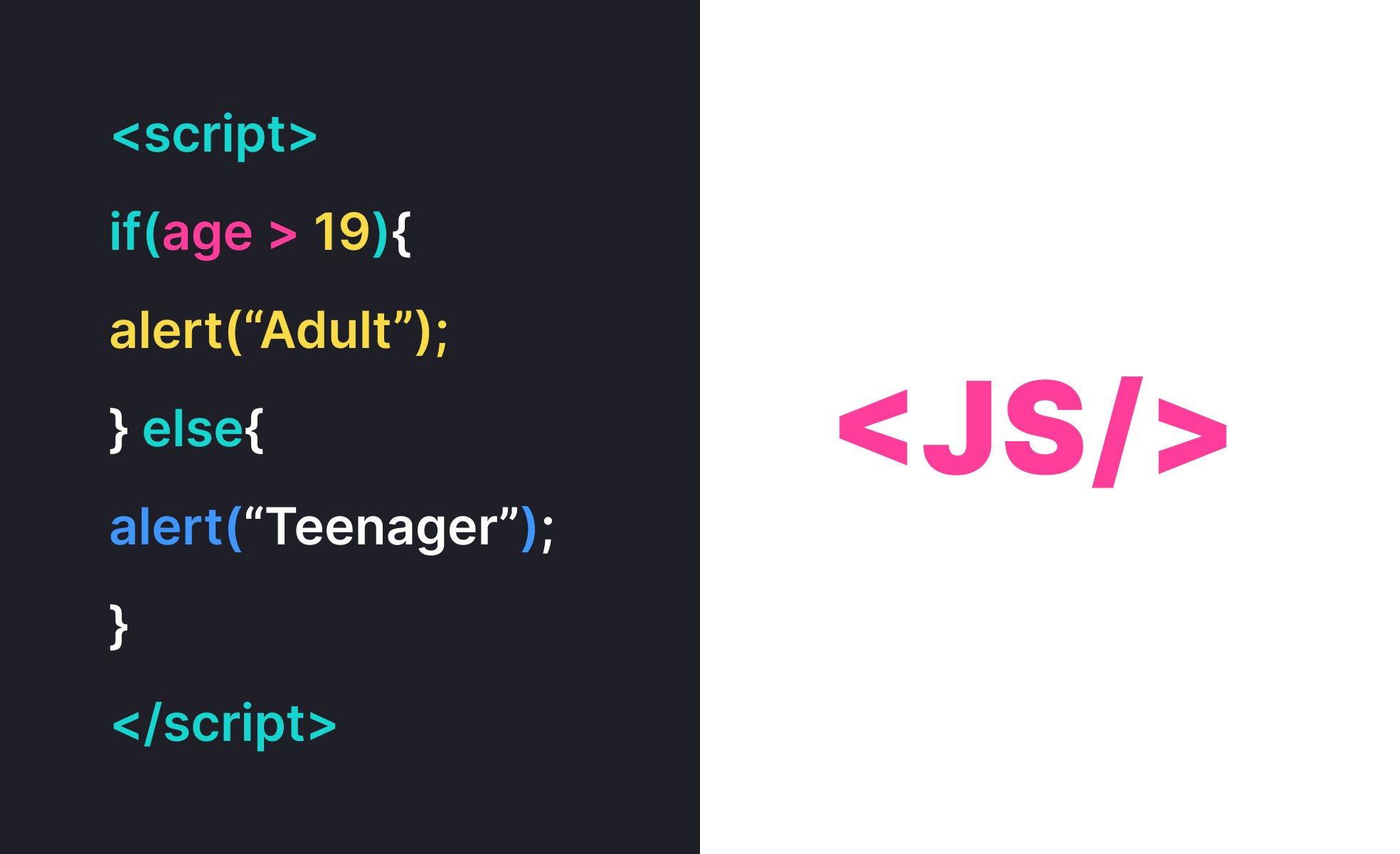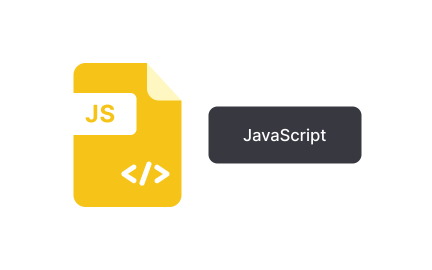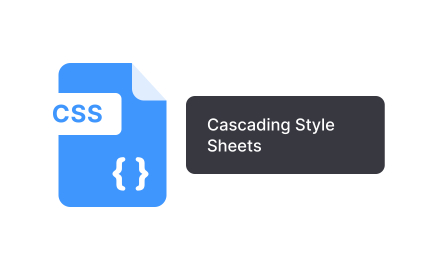JavaScript (JS)
JavaScript (JS) is a programming language used to make web pages interactive, powering dynamic content and modern applications across browsers and devices.

TL;DR
- Core language for interactivity on the web.
- Runs in browsers and on servers (via Node.js).
- Enables dynamic content, forms, and app logic.
- Works with HTML and CSS for full web experiences.
Definition
JavaScript (JS) is a high-level programming language that adds interactivity, logic, and dynamic functionality to web pages and applications, working alongside HTML and CSS to create complete user experiences.
Detailed Overview
JavaScript is one of the three pillars of web development, along with HTML and CSS. HTML structures content, CSS styles it, and JavaScript makes it interactive. This interactivity ranges from simple form validation to complex web applications, making JS essential for modern digital products.
One of the top questions is whether JavaScript is only for front-end development. While it began as a browser language, JavaScript now powers server-side development through Node.js. This shift has made JavaScript a full-stack language, capable of handling everything from UI interactions to backend logic and database communication.
Another common query is about frameworks and libraries. Vanilla JavaScript works well for many tasks, but frameworks like React, Angular, and Vue provide structure for building complex applications. These tools help manage state, components, and scalability, making development faster and more reliable. Teams often debate which framework to use, but the foundation remains the same: understanding core JavaScript.
Performance is also a frequent concern. Poorly written JavaScript can slow down websites, especially on mobile devices. Best practices include minimizing blocking scripts, lazy-loading content, and using asynchronous code to prevent delays. These optimizations ensure that applications remain responsive, which directly affects user satisfaction and conversion rates.
Users also ask about JavaScript’s role beyond the web. JavaScript is now used in mobile app development (React Native), desktop applications (Electron), and even IoT devices. Its versatility stems from its wide adoption and ecosystem, making it one of the most widely used programming languages globally.
Finally, accessibility and usability connect to JavaScript. When used carefully, JS enhances accessibility by improving navigation, forms, and feedback. Poorly implemented, it can block screen readers or keyboard navigation. This highlights why teams must test JavaScript-driven interactions to ensure inclusivity, not just functionality.
Learn more about this in the JavaScript Exercise, taken from the Technical UI Terms Lesson, a part of the Design Terminology Course.
HTML provides structure, CSS handles style, and JavaScript powers logic and interactivity. For example, HTML defines a button, CSS makes it look appealing, and JavaScript makes it clickable and responsive to user actions.
Together, they form the foundation of web development, with JavaScript acting as the dynamic layer.
No. JavaScript now supports server-side development with Node.js, enabling full-stack capabilities. Developers can build everything from databases to APIs and user interfaces with the same language.
This versatility makes JavaScript one of the most in-demand skills across industries.
React, Angular, and Vue are the most widely used. React is praised for flexibility, Angular for structure, and Vue for ease of learning. Each suits different needs, but all extend core JavaScript principles to build scalable applications.
Learning plain JavaScript first is still recommended, as frameworks build on its foundations.
Poorly optimized JavaScript can block loading and slow down interfaces. Best practices include using asynchronous code, compressing files, and reducing unnecessary scripts. Techniques like lazy-loading ensure content loads only when needed.
Optimized JavaScript directly improves user satisfaction, retention, and SEO rankings.
Yes. JavaScript powers mobile apps through React Native, desktop apps with Electron, and server-side apps with Node.js. It’s even used in IoT development for connected devices.
This broad reach is why JavaScript remains one of the most versatile and enduring programming languages.
Recommended resources
Courses

HTML Foundations

Enhancing UX Workflow with AI

CSS Foundations
Lessons

Technical UI Terms

11 Best Practices for Designing 404 Pages
Projects

Movie Rating Website (beginner)

LevelUp Lore











